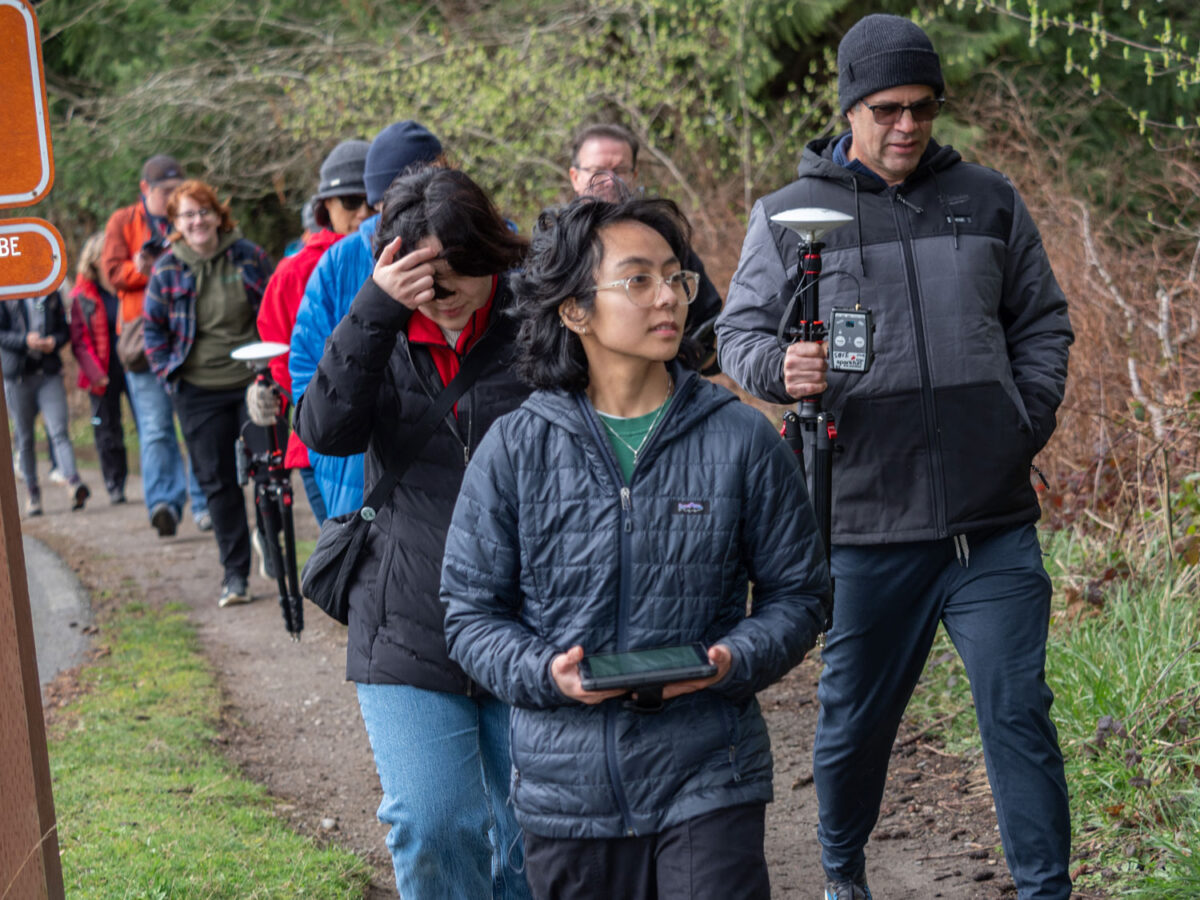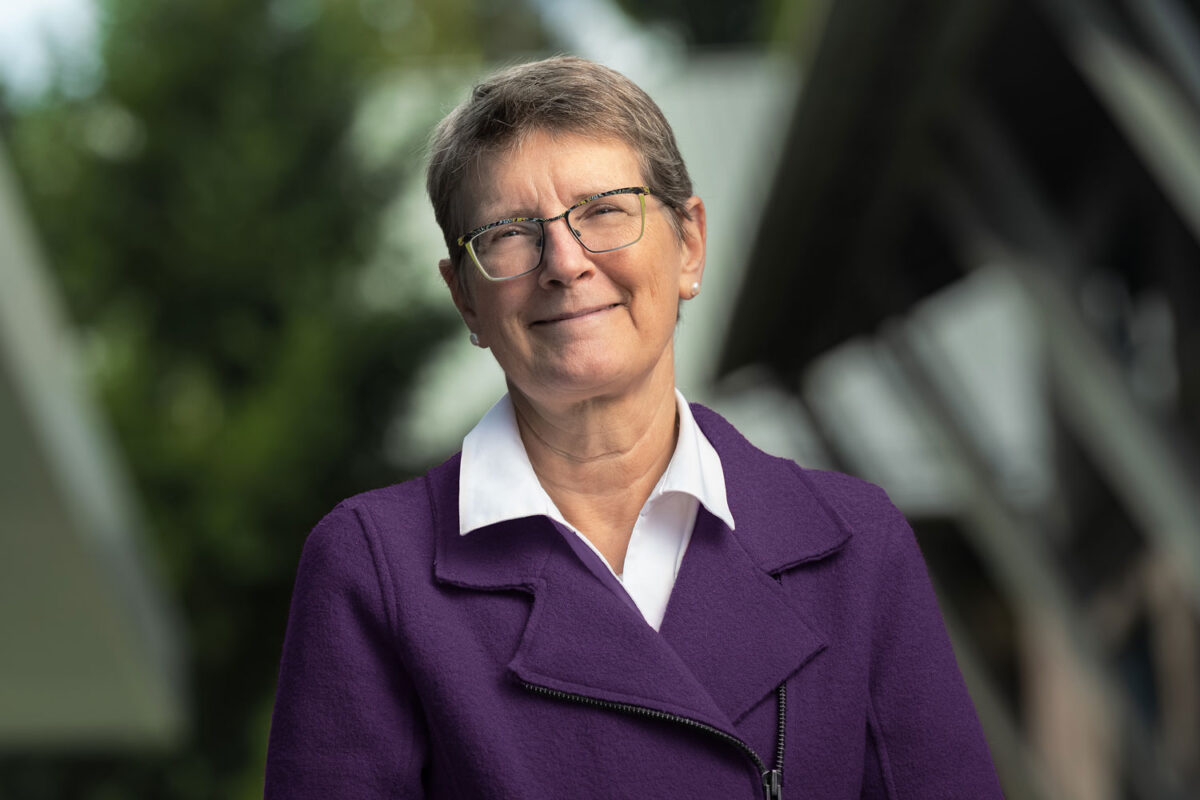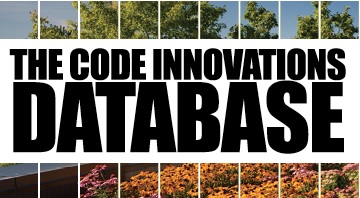
By Douglas Esser
Green-engineering innovations are changing the construction industry so fast, building codes are having a hard time keeping up, said Chris van Daalen, the executive director of the Northwest EcoBuilding Guild, an association of architects, contractors and others committed to sustainability.
“A lot of times there are barriers in the building codes because the codes don’t necessarily anticipate all the innovation that’s happening,” he said.
The guild is helping by building a database of green-building case studies to serve as a resource for officials, the industry and the public. And, University of Washington Bothell mechanical engineering students are contributing case studies through a course called Citizen Engineer.
Engineering for social good
Citizen Engineer is a community-based learning and research course taught by Imen Elloumi-Hannachi. The database is “one step ahead, defining the things we need to keep in mind when we would like to get certification in green design.”
“We need to be mindful of the differences in the impacts of the technology that’s developed and its cost,” said Elloumi-Hannachi, a visiting lecturer in the School of Science, Technology, Engineering & Mathematics.
This was the second year the mechanical engineering seniors added case studies to the database. They visited seven projects, interviewed builders and presented their finding on posters during a March symposium hosted by the guild at the North Creek Events Center.
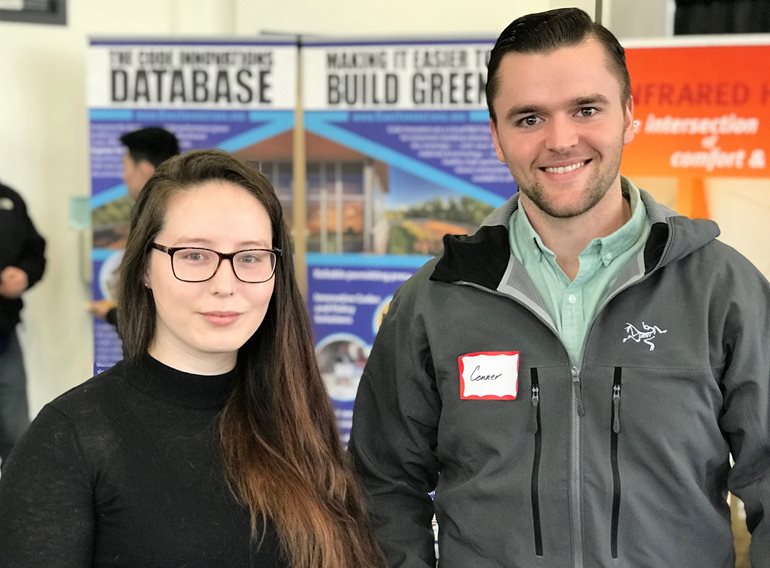
Conner Dillon studied a net-zero home in Bellingham built by TC Legend Homes with solar panels as well as energy-efficient heating, ventilation and insulation. Net zero means a structure produces about as much energy as it consumes, although over one four-month period this home produced more. Not only did the solar panels produce enough electricity to run the home, they also charged a car and sold surplus power back to the grid. The homeowners received a $500 check, Dillon said. “It was awesome.”
The home cost only $215,000 to build.
“You expect something like that to be really expensive and not for the average person who can’t afford to be net positive and green,” Dillon said. ”Being involved in this project has really been eye-opening. Wow! This is actually an option.”
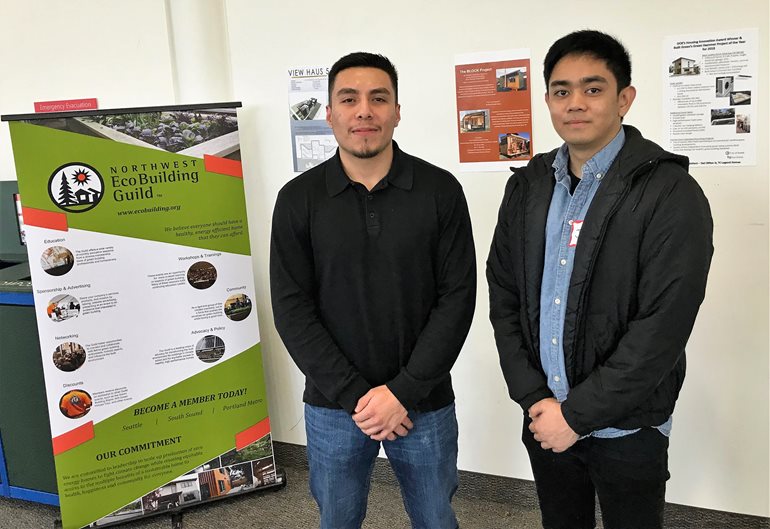
Jorge Sanchez-Perez and Justo De Asis looked at the BLOCK project in Seattle, a program to allow a 125-square-foot, energy-efficient tiny house in a backyard — with the approval of everyone who lives on the block.
About four houses have been installed to illustrate one way to address homelessness in the city. “For me, that’s a great way to help the community around Seattle,” said De Asis.
Jessica Gray looked at the Inspire Project, a multifamily building in Seattle designed for the city’s Living Building pilot program.
“We looked into the problems they faced when they were getting all their plans approved and how successful it was,” Gray said. “They’re leading the way and also showing that it is cost-effective. It’s cool to learn what it takes to make this happen.”
Documenting innovations
Adding these case studies to the database documented innovative techniques that don’t fit the normal building codes. The database allows other people to more easily follow in their footsteps, said van Daalen. The guild appreciates the insights added by the students, he said.
“They’re the emerging professionals who are going to be designing and building — hopefully — the climate-friendly, energy-efficient, healthy buildings of the future,” van Daalen said. “We’re getting their expert help on producing case studies that others in the future will learn from.”

